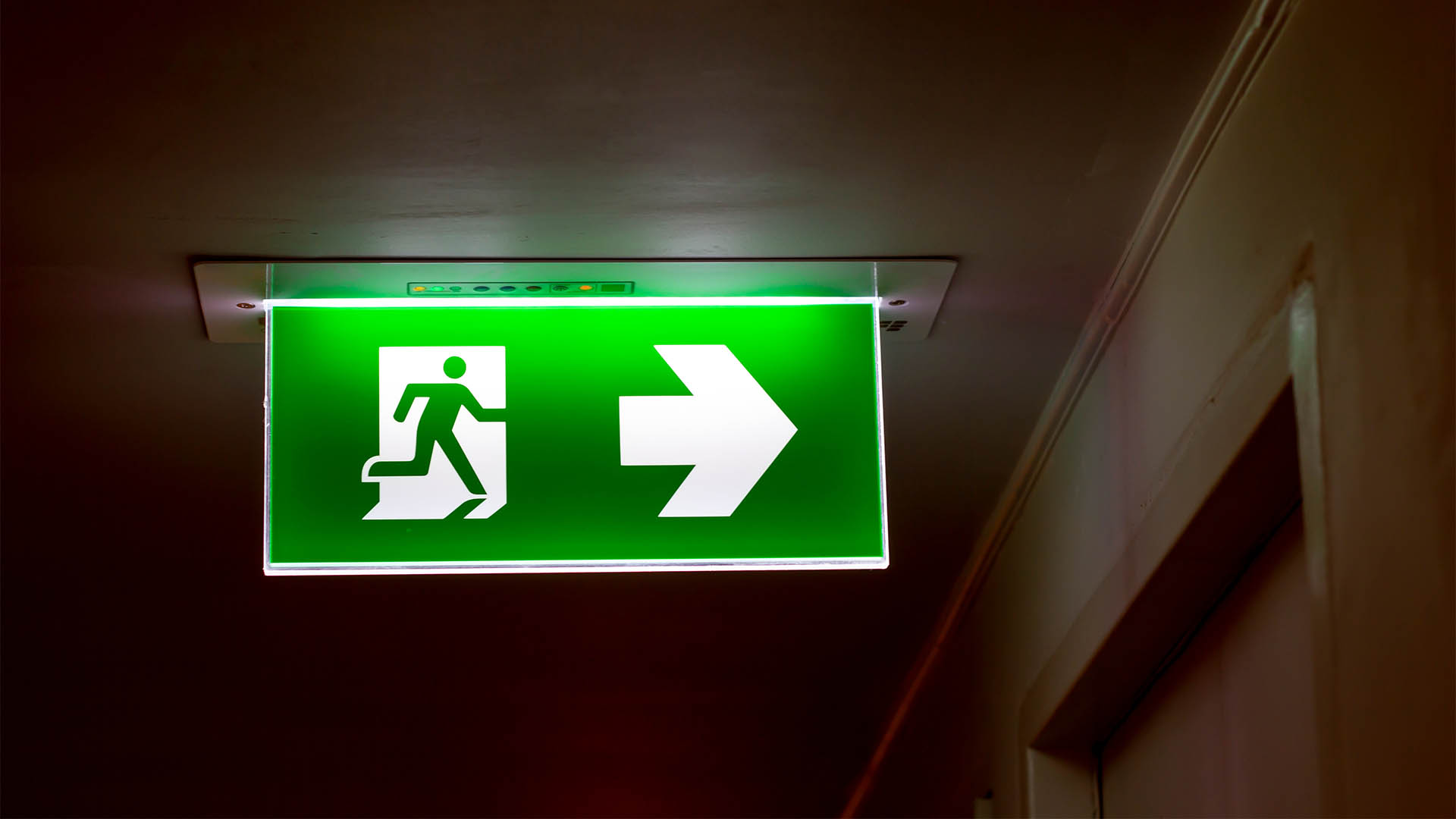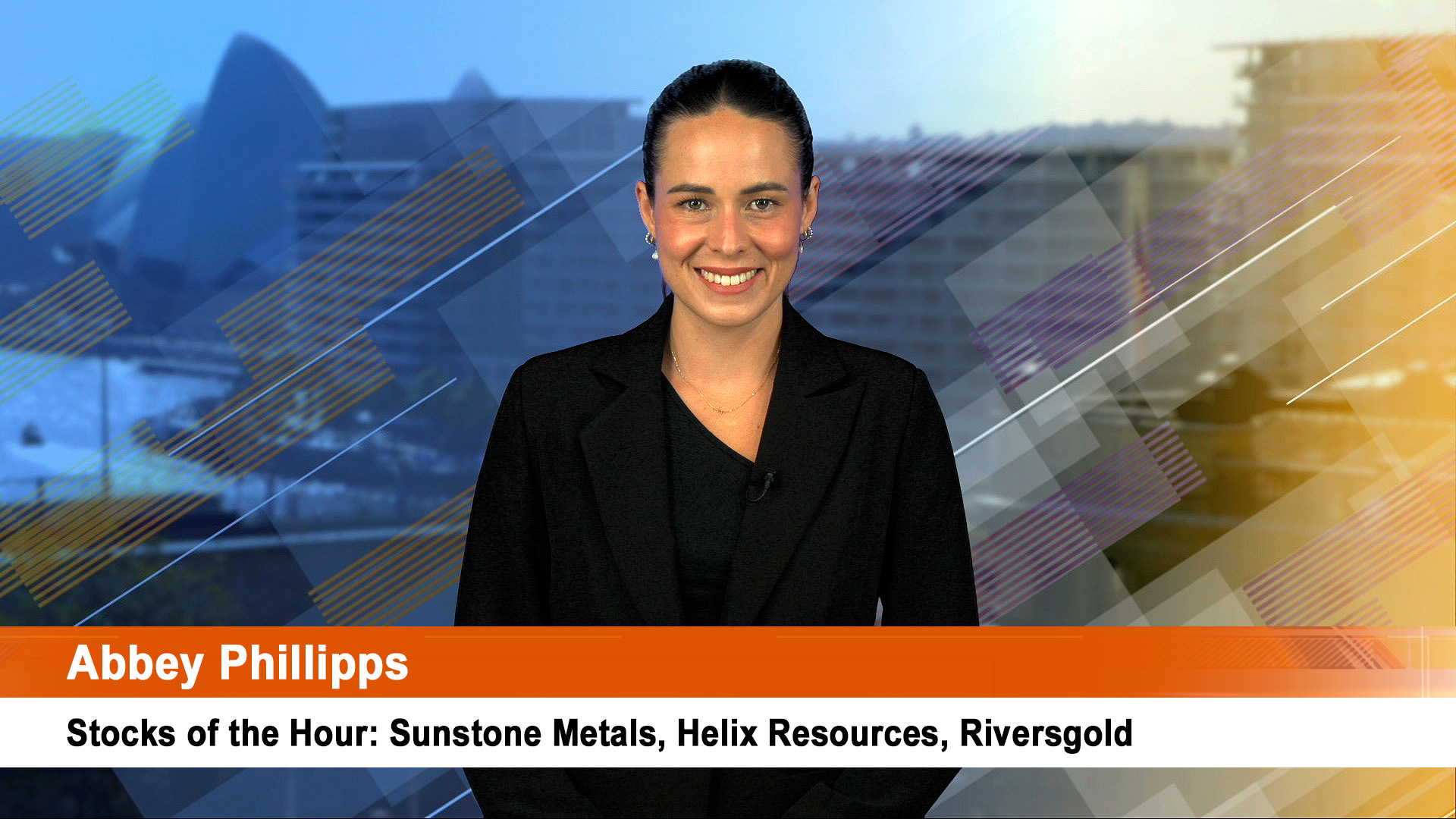There are growing signs the value of the Aussie dollar is undergoing a major reassessment by big global investors. The currency has fallen more than 2 USc this week to around 91.60 this morning.
It hit a low of 91.13 in trading yesterday.
It closed at 93.78 early last Saturday morning and has eased for most of the week so far, with the fall accelerating from Tuesday morning onwards.
The Aussie is now outside its 92 US – 95 US cent trading band for the first time since late March.
You can hear the massed ranks of exporters, the Federal government and especially the Reserve Bank cheering the fall.
If it continues down under 90 USc, and stays there it will provide a handy boost to exporters in coming months, and help offset the weakness in the prices of many of our major commodities, such as iron ore, copper, coal, oil and LNG, as well as grain prices.
The fall in the past two days is one of the largest moves in the currency for some months and follows a sharp rise last week.
AUDUSD 3M – Local unit fails to rebound

The most immediate culprit is a belief in the US that the Federal Reserve could lift US rates earlier because the economy is stronger than previously thought.
On top of that, the Bank of England is now hinting that its first rate rise could also come sooner – in early 2015, instead of later in the year, because of the rebound in the country’s economy.
But a big imponderable is what happens to sterling and UK rates if Scotland votes for independence on September 18. That could need a rate rise simply to support a possible sell-off in the pound by nervy investors.
The pound has already been sold down by more than 10% in the past month as fears grow that the ‘yes’ vote will win.
And there has been reports from the US that the central bank is looking to change the wording of its post meeting statements so as to better explain its policy stance, especially on the health of the jobs market and the next move in interest rates (which will be a rise).
At the moment many forecasters have the Fed raising rates in the first half of 2015.
Some bears reckon a rate rise could happen in late 2014 or the first month or so next year, and that’s after the relatively weak August jobs report which is now being explained away as a ‘rogue’ survey, or an ‘outlier’.
But whatever the reason, the value of the Aussie dollar has fallen quickly – which will please a lot of people. The speed of the fall also tells us there is quite a residue of bearishness about the currency and much of the fall is being assisted by big global investors negative on China, and therefore down on the outlook for Australia.
The continuing slide in iron ore prices is adding to that bearish outlook. Goldman Sachs, which is a leading iron ore bear, said we have seen “The End Of The Iron Age" yesterday in a research which forecast no recovery in global prices for years.
Economy’s health to be again tested today
Any slide in the value of the dollar which continues well into the sub-90c range, without a major re-tracing back above that level, will be good for the economy and many in the corproate sectors, though not importers and retailers of things such as cars, TV’s, iPhones and the like.
Late this morning we will get another update on the health of the economy when the August jobs and employment report is released. But anyone looking for a sharp improvement or a surprise looks like being disappointed.
The best bet is from 5,000 to 20,000 new jobs, a fall in the jobless rate to 6.2% and nothing more.
Westpac yesterday said its monthly consumer sentiment survey is showing continued weakness, but the NAB says business conditions and confidence are both about on trend.
The Westpac Melbourne Institute Index of Consumer Sentiment fell by 4.5% in September to 94 points.
That means the index has stayed below 100 points for the six months, meaning there are more pessimists about the economy than optimists.
The NAB said business confidence remained buoyant in August, but conditions eased back to the levels in June, which were still solidly positive.
Westpac’s chief economist Bill Evans said in a statement the survey outcome was a surprise after the recovery in the past three months.
"For September, budget and taxation continues to dominate," he said.
But analysts said the fall was more to do with the drop in confidence among Labor voters, while Liberal supporters remained quite confident.
And in a look at the Australian economy published yesterday, the NAB said, "There are signs that growth may be strengthening in Q3. NAB business conditions have been well into positive territory since June.
"In August, business conditions retraced much of their recent sharp gain, although the environment remains better than earlier in the year and business confidence is still solid.
"Forward indicators remain positive. Capex, capacity utilisation and forward orders all improved over the past 12 months, but trend conditions in the ‘bellwether’ wholesale industry remain weak.
"Retail confidence remains positive, but fell sharply from last month (down 15 points) – consistent with our reservations over the optimism in July. Meanwhile, other consumer confidence indicators have generally recovered from sharp deteriorations post budget.
"The NAB survey data imply that demand and GDP growth are likely to strengthen later in the year – as is built into our forecasts.
"However, employment still looks like a soft spot. Domestic forecasts revised marginally: 2014/15 2.9% (was 3.1%); 2015/16 3.4% (was 3.2%).
"Unemployment rate still to peak at 6½% by end-2014. Inflation at the bottom of the RBA target band. Cash rate still on hold until late 2015," the bank forecast.













